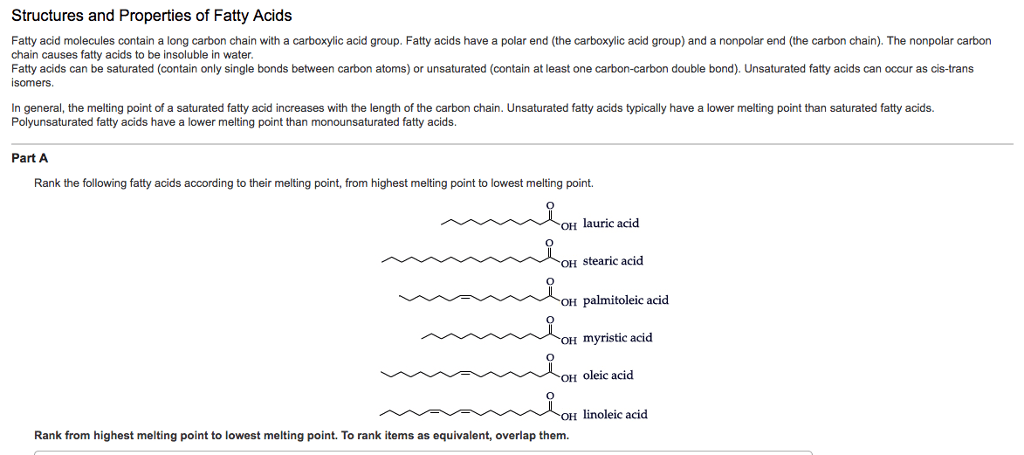BIOC 2580 Study Guide - Phospholipid, Methyl Group, Glycerol
Document Summary
Building blocks for complex lipids: central intermediates in metabolism. Structure: carboxylic acids with hydrocarbon chains (4-36carbons, most abundant fatty acids have even # of c atoms. Nomenclature: can number carbons 1,2,3 starting with carboxylic acid, can label in greek , starting at carbon to which the carboxylic acid group is bonded, can identify c positions relative to terminal methyl carbon called . Aggregate spontaneously when mixed in water to form complexes. Nature of aggregate depends on chemistry of lipid and environmental conditions (temp, presence of other solutes: miscelles: smallest and simplest of lipid aggregates. Unsaturated fatty acids: have one of more double bonds, polyunsaturate fatty acids (pufa): double bond separated by methylene carbon. Bond pattern: double- single- single- double: unsaturated double bonds naturally occur in cis conformation. Process of partial hydrogenation of oils (make them harder) can isomerize double bonds. Trans double bond allows fatty acid to adopt extended conformation: pack more regularly than cis bonds, higher melting point.



